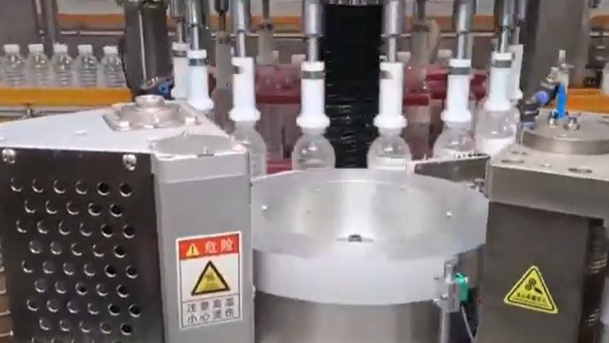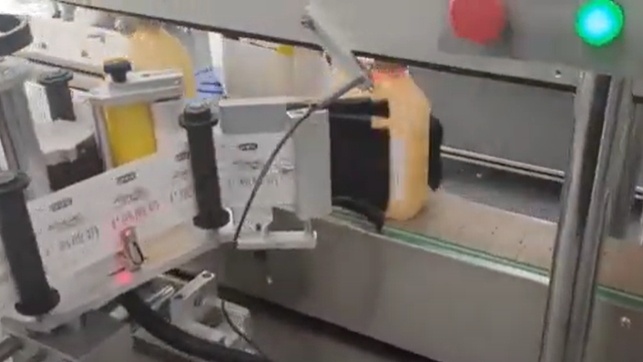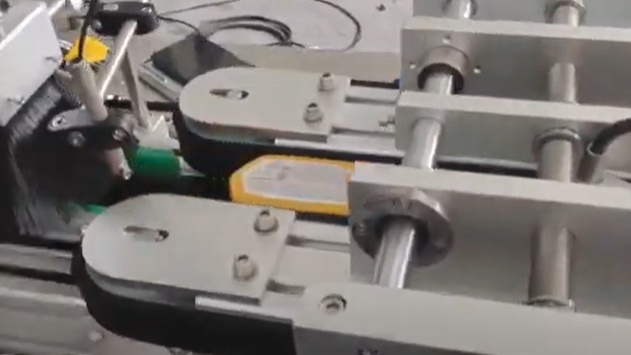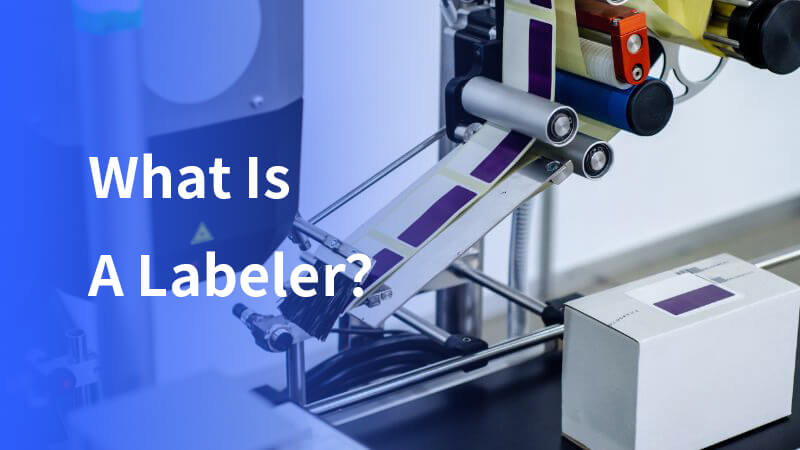What is a labeler? This question might seem straightforward, yet it opens the door to a complex world of machinery critical to the packaging and product branding sectors.
A labeler, fundamentally, is an apparatus designed for the application of labels onto products or their packaging. These labels can range from simple price tags and barcodes to elaborate product information and branding decals.
The essence of a labeler’s purpose lies in its ability to enhance product identification, facilitate regulatory compliance, assist in inventory control, and augment the product’s appeal to consumers through aesthetic and informational enhancement.
How does a labeler work?
The operational mechanics of a labeler vary significantly based on the type and complexity of the machine.
Basic labelers might require manual operation to place and secure labels, while more advanced systems automate the entire process, utilizing sensors to detect product placement, and precisely applying labels without human intervention.

The sophistication of these machines allows for adjustments in speed, label positioning, and application pressure, ensuring that each product is labeled accurately and consistently, regardless of variations in product size or shape.
Types
Delving deeper into the categorization of labelers, we find that they are distinguished not just by their mode of operation (manual, semi-automatic, and automatic) but also by the specific application technique they employ. For instance:
- Wrap-around labelers are adept at applying labels to cylindrical products, such as bottles and jars, ensuring full 360-degree coverage.

- Front and back labelers are tailored for products that require labels on multiple sides, synchronizing the application to maintain alignment.

- Top and bottom labelers address products needing labels on opposite faces, which is common in the food and pharmaceutical sectors.

- Print and apply labelers represent a fusion of printing and labeling, producing labels immediately before application, ideal for customized or variable data printing.
What are the benefits of a labeler machine?
The adoption of labeler machines brings forth a multitude of benefits. These machines enhance operational efficiency by accelerating the labeling process, allowing businesses to meet higher production demands.
The precision and consistency afforded by machine labeling eliminate the potential for human error, ensuring that labels are applied correctly, thus reducing waste and improving product appearance.
Additionally, the versatility of labelers to accommodate a wide range of label sizes, shapes, and materials supports diverse packaging strategies and adapts to changing market trends and regulatory requirements.
Manual labeling vs. machine labeling
Comparing manual labeling to machine labeling reveals a trade-off between initial cost and operational efficiency.
Manual labeling, while less expensive to implement, demands significant labor and is susceptible to inconsistencies and slower production speeds.
In contrast, machine labeling, with its higher upfront investment, offers substantial long-term savings through increased productivity, reduced labor costs, and minimal errors.
The choice between the two methods hinges on the scale of operations, with machine labeling becoming increasingly justified as production volumes and complexity rise.
Technological advancements and future directions
The field of labeling machines is witnessing rapid technological advancements, with trends leaning towards greater automation, integration with IoT (Internet of Things), and the adoption of AI (Artificial Intelligence) for enhanced adaptability and optimization.
These innovations promise to make labelers even more versatile, efficient, and capable of providing valuable data analytics for improved operational insights.
Environmental considerations
The environmental impact of labeling is becoming an increasingly important consideration. Sustainable labeling solutions, including eco-friendly materials and energy-efficient machines, are gaining traction.
These developments not only help companies reduce their carbon footprint but also appeal to the growing segment of environmentally conscious consumers.
Conclusion
In essence, what is a labeler? It is a technological bridge between a product and its market, a device that not only conveys information but also contributes to the aesthetic and functional value of the item it labels.
As industries evolve and consumer demands shift, the role of the labeler becomes increasingly complex and indispensable.
From enhancing product visibility and traceability to supporting environmental sustainability, labelers play a pivotal role in the global marketplace.
